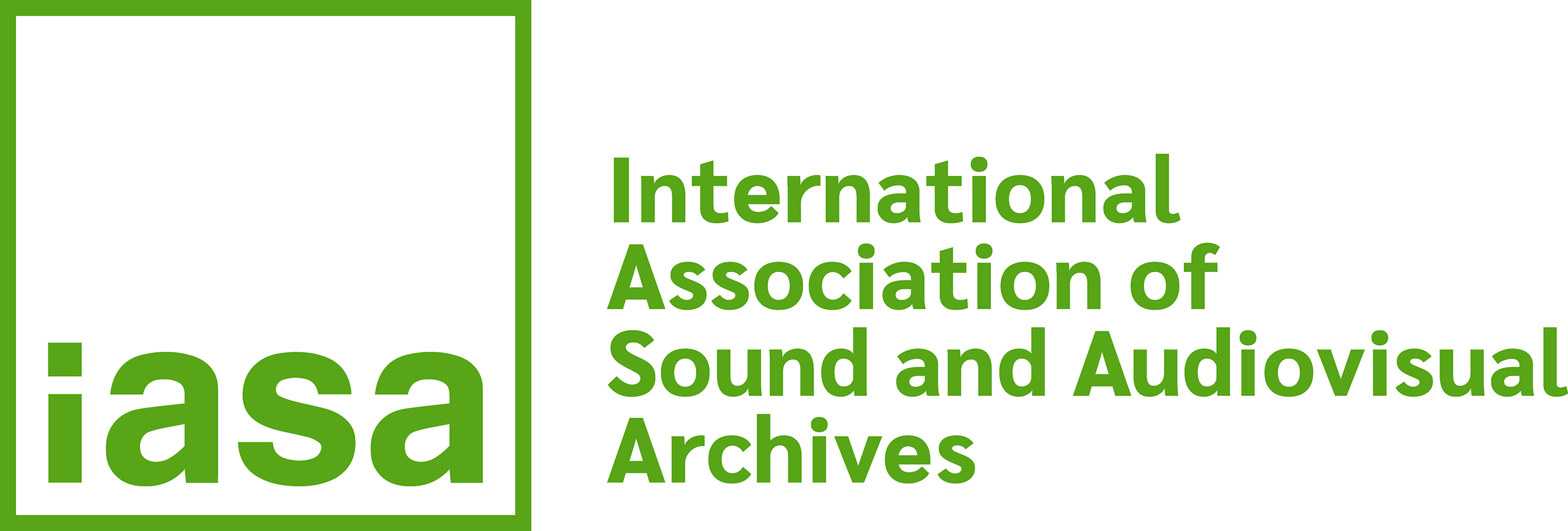3. General versus specialised archives
Bearing this distinction between medium and content centred archives in mind let us first consider the needs of countries where recordings, of folk music or oral history for example, are coming into existence without being collected, preserved, described and made available in a professional way. In such countries there is much to be said in favour of creating a sound archive on a national basis which concentrates its primary efforts on the acquisition, the preservation and the description of every kind of sound record. Such an archive may conveniently be part of a national library or a public record office of written documents. The national institution would then take professional care of the preservation of the sound recordings in its collections, in the same way as it would of its paper and other records.
Although its staff would not perhaps spend much time on research on the contents of the records themselves, such a national archive would - in addition to preservation - certainly concentrate its efforts on their description, so making them fully available for research and educational purposes. If a national collection of sound recordings can be organised in this way as part of a state institution, then the government may also be expected to take care of its funding. In large countries additional centres may also usefully be established as branches of the national archive so as to provide recordings and facilities on a regional basis.
However, the national sound archive model has its limitations which should also be seriously considered before any conclusions are drawn about the most effective method for the organisation of sound archives. Every national archive is likely to try to live up to its broad objective by acquiring as many recordings as possible and to function as an archival centre for the total acquisition of every kind of sound recording in the country. However, unless the archive is part of such an enormously resourced and highly differentiated institute as the Library of Congress, even national archives will nonetheless generally tend to concentrate on a restricted range of subjects and be forced to leave some others aside. Although they are institutions with a wider field of view than is usually found in specialised archives the range of a national archive is still limited. The aperture of its lens has a wide-angle but nevertheless is not able to cover 360º or even more than 180º of the whole field of knowledge. This is not a situation which can be changed just by raising more funds and employing more staff. It is a structural problem, encountered in every institution where people try to cover comprehensively all fields of knowledge.
A related problem is that national sound archives will be required to administer a wide variety of highly specialised recordings many of which need much more detailed treatment than conventional cataloguing in order to make them most accessible for scholars. In this respect they are to be compared with public record offices and like those archives of written documents they seldom have the range of expertise to succeed in really giving their attention equally and on an equally high level to every subject of interest covered by their collections.
What then of the alternative approach to sound archive organisation: the specialised, single subject and content centred archive? From the point of view of the researcher and the educationalist a sound archive specialising in, say, history may be a better solution than a national archive, especially when it is part of a larger institution whose collections also include books, periodicals, films, photographs, written documents and newspapers relating to the same field. In other words, where all media combine to give maximum service to the user, who wants to study his subject of research or to have access to material for the class-room regardless of the medium it may be found in. This so-called multi-media approach is probably only possible in specialised institutes with archives concentrating on one field of interest or, perhaps, in some very great national institution like the Library of Congress.
A specialised institute with collections of pictures and sound recordings next to collections of printed or written records must, however, be prepared to direct a relatively greater part of its total budget towards the audiovisual media, for the obvious reason that the acquisition and the preservation of such media are generally more expensive than is the case with written or printed records. Such financial discrimination in favour of audiovisual records is not always achieved. Institutes with low budgets may easily feel that audiovisual media do not warrant such a high expenditure and decide to make less funds available for their administration than is professionally necessary. This is a problem for multi-media institutes and it can only be corrected or forestalled by firm decisions concerning the allocation of available funds.
There are other problems which must be taken into consideration as far as the specialised, single subject, content centred archive is concerned. One concerns the financial situation as seen from the national level. In the case of rather small collections, dispersed over several institutes, each specialising in different fields of research or education, the total cost may be rather high by comparison with the funds necessary to run a single, centralised sound archive which keeps all types of material on its premises. One should, of course, never accept such statements without applying a detailed cost-profit analysis but the assumption seems to be credible enough. Another major problem is that even a widespread network of specialised archives may not be able to cover the entire field of sound recordings.
Two institutions respectively covering folklore and ethnology, for example, may not have any activity in the field of dialect nor any interest in its development and, as a result, a major gap may be left in the national holdings.


